Port Cities and Industrial Real Estate
Bold investments in infrastructure and the explosion of ecommerce are benefiting port cities and industrial real estate. Here is a look at opportunities in the most dynamic seaport markets.
Surging e-commerce activity, increasing investments in seaport infrastructure and the proliferation of post-Panamax vessels are boosting shipping volumes and creating a boon for port cities and industrial real estate.
Industrial real estate markets surrounding nine seaports—Charleston, Houston, Long Beach, Los Angeles, New York/New Jersey, the Northwest Seaport Alliance (Seattle-Tacoma), Oakland, Savannah and Virginia—had an overall vacancy rate of 3.3 percent at the end of 2017, significantly below the national average, Colliers International reported last year. The port cities also absorbed a total of 28 million square feet in 2017 and saw 24 million square feet of completed construction. Those dynamics are attracting significant investment.
“We like high population markets served by large-scale ports with rail connectivity that really create a logistics demand and a real benefit,” said Michael Murphy, chief development officer at CenterPoint Properties. “Our philosophy of investing near ports and intermodal rail hubs, whether it’s in large consolidated warehouses or small e-commerce fulfillment centers, has really been a benefit to us.”
The economic impact of coastal ports rose 17 percent between 2014 and 2018 to $5.4 trillion, representing 26 percent of the nation’s economy, according to a recent Martin Associates report. Port-related jobs rose from 23.1 million to 30.8 million during the same period.
The Panamax Effect
The American Association of Port Authorities’ members estimate that they and their private sector partners will spend $155 billion on port-related freight and passenger infrastructure during the five-year period between 2016 and 2020. That more than triples the previous five-year total of $46 billion. For its part, the federal government is expected to spend some $25 billion on port-related capital improvements through 2020.
Ports along the Eastern Seaboard and Gulf Coast have been deepening channels and harbors, adding larger cranes and, in some cases, raising bridges to handle the larger ships from Asia that are now able to travel through the Panama Canal since the 2016 expansion. The Georgia Ports Authority has an “aggressive 10-year plan in motion that will provide about $1.8 billion to $2 billion worth of new capital to expand the Port of Savannah,” said Hugh Tollison, president & CEO of the Savannah Economic Development Authority. “It’s an important part of our economy.”
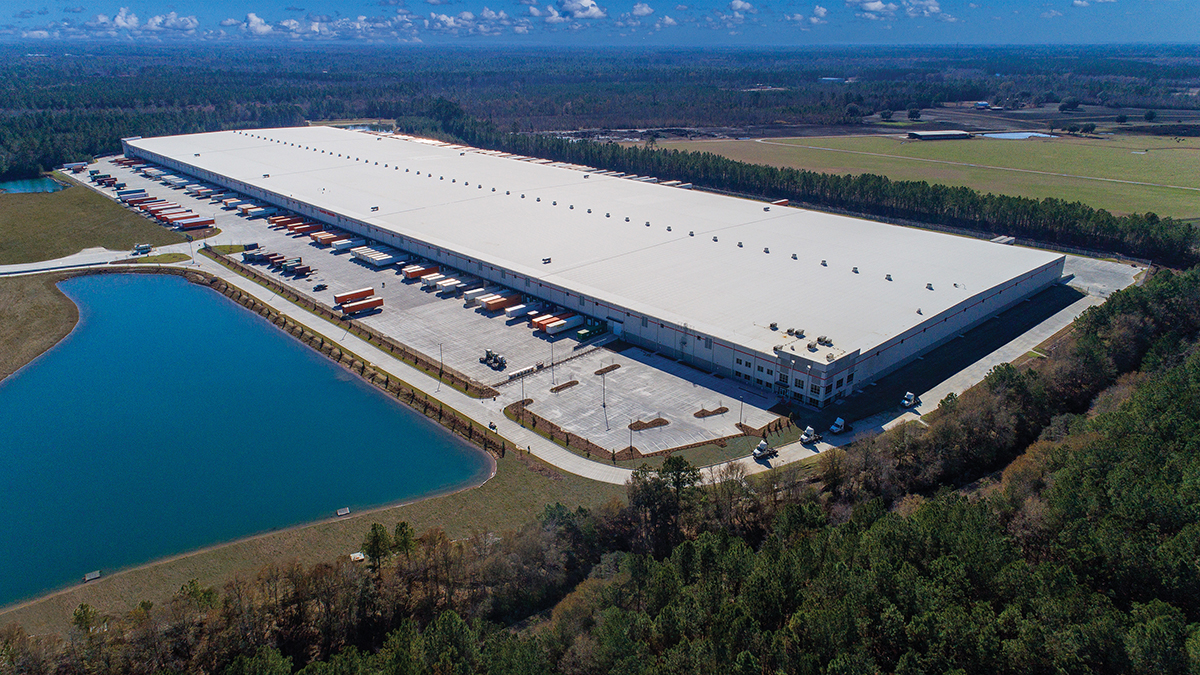
Floor & Decor distribution facility at Morgan Business Center, Bloomingdale, Ga. Image courtesy of Duke Realty
Savannah is the fourth busiest and fastest-growing port in the U.S., Tollison said. to allow more post-Panamax ships to enter the harbor, the GPA expects to complete the $1 billion Savannah Harbor expansion project, which will deepen the port from 42 feet to 47 feet, by 2021. The port recently unveiled its Big Berth/Big Ship program, which will add enough cranes and berths to handle six 14,000-TEU (20-foot equivalent units) vessels simultaneously by 2024.
In December 2018, GPA, Georgia and Norfolk Southern Railroad officials announced plans to add an inland port in Gainesville, Ga., a small city 220 miles northeast of Savannah. The new facility will be serviced by Norfolk Southern, and a rail link will help reduce truck traffic from Savannah.
“What you’re seeing today is the result of 20 years of expansion, and it’s at such a high level now that every year it gets greater and greater attention from the broad real estate community and the logistics community,” said Blaine Kelley, senior vice president of CBRE’s Global Supply Chain Practice in Atlanta.
Savannah’s Boom
Development of new industrial real estate space in the Savannah market is unfolding on a track parallel to the port’s infrastructure investment. In 2014, Savannah had an inventory of 45.3 million square feet of industrial space and 450,000 square feet under construction. In 2018, total supply reached 58.3 million square feet, while 9.3 million square feet was under construction, nearly half of it in build-to-suit projects, Colliers reported.
Duke Realty has roughly 7.5 million square feet of space in Savannah, making it the market’s largest industrial real estate owner. Steve Schnur, Duke’s senior executive vice president, explained that it is a good market for the company’s import and export clients, because it provides access to Atlanta, Florida and the Eastern Seaboard.
In March, Duke executed a long-term lease for a 194,120-square-foot, build-to-suit warehouse on a 12.1-acre site at 276 Jimmy DeLoach Parkway for Schilli Distribution Services. The building will be accessible via a CSX rail spur that serves another Duke building at 100 Logistics Way. Last year, Duke developed a 1.4 million-square-foot distribution center located on 90 acres at the Morgan Business Center, a 250-acre industrial real estate park in Bloomingdale, Ga., for Floor & Decor.

Overview of Chesapeake Commerce Center, adjacent to the Port of Baltimore Image courtesy of Duke Realty
CenterPoint has been in the Savannah market for a decade and in that time, it has built or acquired between 3 million and 4 million square feet of warehouse distribution facilities along with custom container yards, according to Murphy. The company recently completed a 250,000-square-foot spec building with an 11-acre container yard at 54 Sonny Perdue Drive, in Garden City. Its main asset in the area is CenterPoint Intermodal Center in Savannah, located 3.5 miles from the port.
“It has good rail connectivity to inland markets and access to the positive demographics of the Southeast. You put the strength of the port and the industrial market together and it’s a winning combination,” said Matt Mullarkey, senior vice president of strategic projects and planning at CenterPoint.
Some developers are also looking into nearby South Carolina, where EJF Capital LLC and North Signal Capital LLC formed a joint venture to develop a 510-acre industrial park in Hardeeville, S.C., in an Opportunity Zone about 10 miles from the Port of Savannah. RiverPort Commerce Park will have a capacity of more than 4 million square feet of industrial real estate space. The first 149,000-square-foot building is expected to be completed within a year, according to Asheel Shah, senior managing director & head of real estate development at EJF Capital. Located along Highway 17, the site is closer to the port’s Garden City Terminal than many other industrial parks in Georgia.
“Through a common acquaintance we came across North Signal Capital as our development partner,” Shah said. “They were similarly excited about the shipping and logistics story driven by port activity and started talking to us about this opportunity.” The partners acquired the site for $11.7 million and expect to spend another $10 million to construct the first speculative building with equity from the EJF OpZone Fund I LP.
Riding the waves
With a record-breaking amount of cargo handled in 2018—7.2 million TEUs, compared to 7 million in 2017—the Port of New York and New Jersey maintained its status as the busiest container port on the East Coast and the third busiest in the U.S. “The East Coast is enjoying a slight uptick in overall market share due to the widening of the Panama Canal. There has been enough growth that all of the ports are realizing solid year-over-year gains,” Mullarkey said.
Raising Bayonne Bridge’s clearance from 151 feet to 215 feet, a project completed two years ago, played a role in boosting the port’s 2018 cargo numbers. Other port-related improvements include replacing Goethals Bridge, another key link in northern New Jersey’s transportation network, and expanding on-site rail facilities. As the port continued to set volume records, demand for new industrial real estate developments surged with historic leasing and rental growth in New Jersey, Colliers noted.
Schnur explained that Duke, which owns about 5.7 million square feet of industrial properties in New Jersey, does more spec development there because the area is so land-constrained. “When you get a piece of land run through the entitlement process, you start building,” he said.
Duke is the sponsor of the largest speculative bulk warehouse under construction in northern New Jersey—a 661,741-square-foot building at 429 Delancy St. in Newark, located about five minutes from Port Newark/Port Elizabeth. In late 2017, Duke paid $700 million for a package that encompassed 3.5 million square feet and two parcels slated for additional development. New Jersey accounted for more than 2 million square feet, including Bridgeport Logistics Center, a three-building, 1.3 million-square-foot industrial property in Perth Amboy. Other assets were located in Southern California and Miami.
Southern California Reigns
Even though some cargo that may have gone through Los Angeles or Long Beach five years ago is now handled by Savannah and other East Coast locations, the neighboring Southern California venues continue to hold the top two parts among U.S. container ports. “There is more than enough organic growth from West Coast markets to backfill the cargo that has been diverted to the East Coast,” Mullarkey said.
Los Angeles and Long Beach set all-time records for moving cargo in 2018. Some of that increased demand was generated by importers concerned that trade tariffs on Chinese imports would go into effect Jan. 1, so they sped up deliveries. Both ports are spending billions of dollars on capital improvements. Long Beach is about halfway through its $4.5 billion upgrade including improvement of on-dock rail access and a new bridge, Colliers reported, and the Port of Los Angeles plans more than $2.6 billion in capital improvements.
Propelled by e-commerce, demand for new distribution facilities in Southern California, is at a record high, according to Colliers. Duke owns about 11.5 million square feet in the region and expects its portfolio to reach roughly 14 million to 15 million square feet within the next year, most of it tied in some way to port-related activity, Schnur said.
Areas closest to the ports of Los Angeles and Long Beach are “very, very inventory-constrained and land-constrained,” said CBRE’s Kelley. The trend is pushing industrial and logistics activity east to the Inland Empire and well beyond, to Phoenix and Las Vegas.
Northern California’s seaport markets are active, as well. Seaport Logistics Complex is the cornerstone of the Port of Oakland’s bid to become a major freight distribution hub. The first building to rise at the campus will be CenterPoint Landing, a $52 million facility on the former site of an Army supply depot. Construction of the 460,000-square-foot project is scheduled for summer 2020 completion, reported Ryan Dunlap, senior vice president of investments at CenterPoint. “It’s a rare and great opportunity to be able to develop on port,” Mullarkey said.
In another section of the decommissioned base, Prologis is building its Oakland Global Trade and Logistics Center. Two of the three buildings, totaling nearly 700,000 square feet, are completed and construction is slated to begin in 2019 on the third. Another recent addition is Lineage Cool RPort Oakland, a 280,000-square-foot, state-of-art cold-storage facility built by Lineage Logistics LLC and Dreisbach Enterprises.
CenterPoint operates several off-port properties in the Oakland market, most of them in Hayward, Calif. It’s an attractive location, because it is close to the San Mateo Bridge, which opens access to the top West Coast markets, Dunlap noted. CenterPoint owns about 10 million square feet of industrial properties on the West Coast and aims to expand those holdings to 20 million square feet. Dunlap reported that the company is now going through the entitlement process on a 400,000-square-foot project in the Seattle area and is looking at sites near the Port of Tacoma.

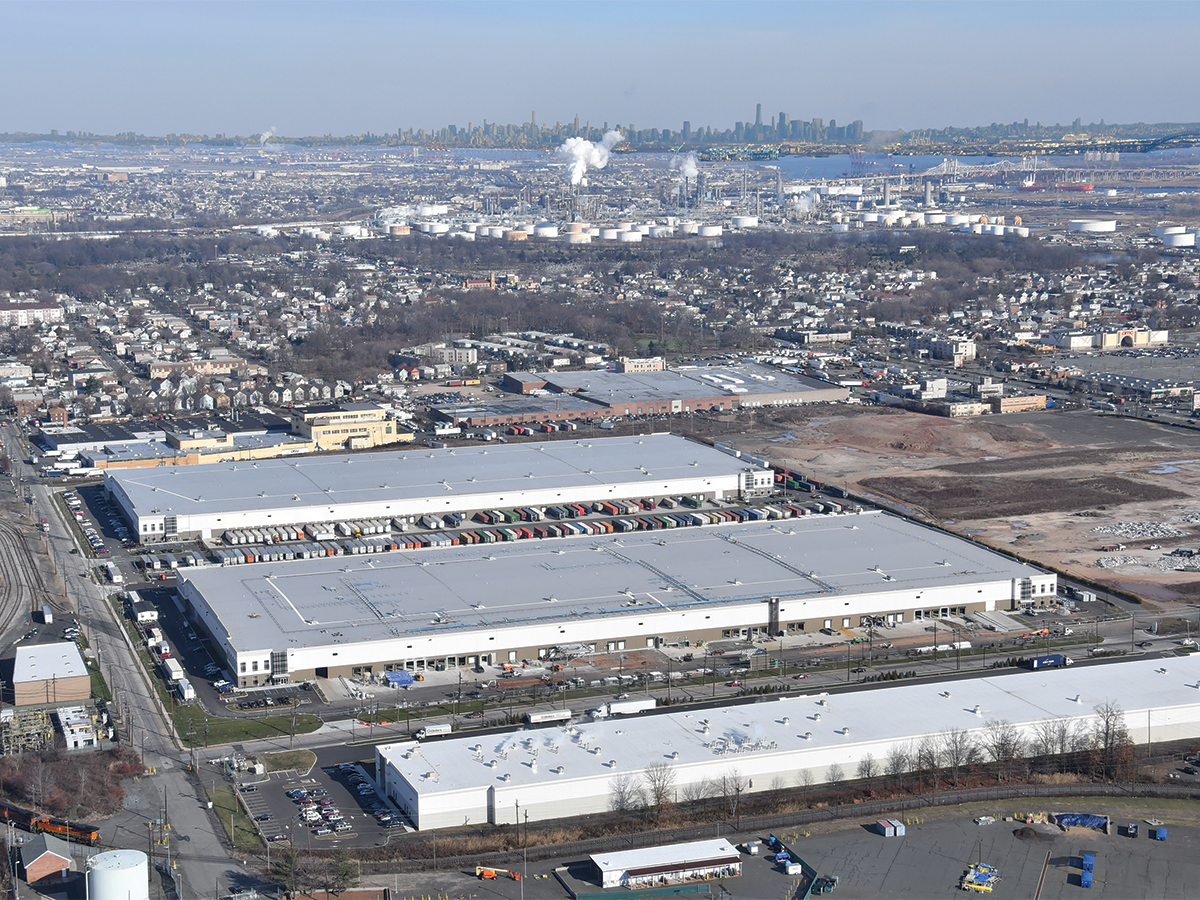
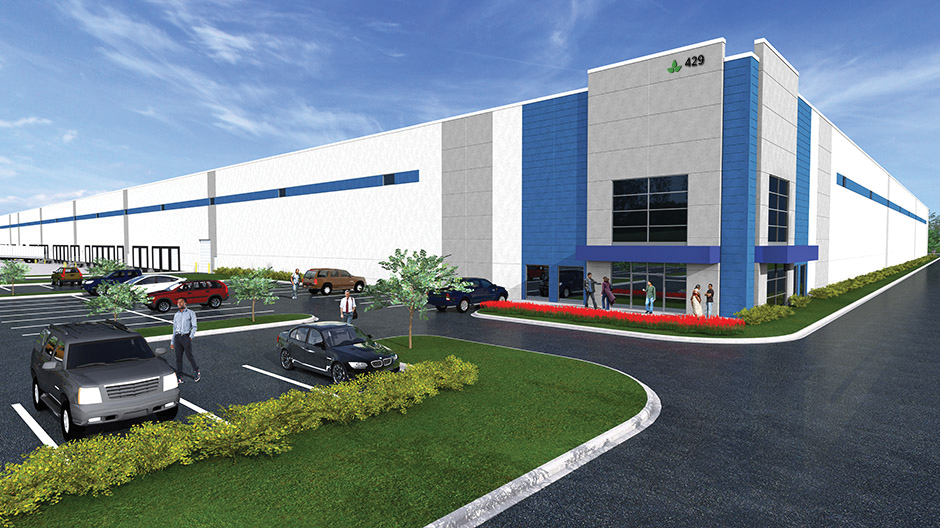




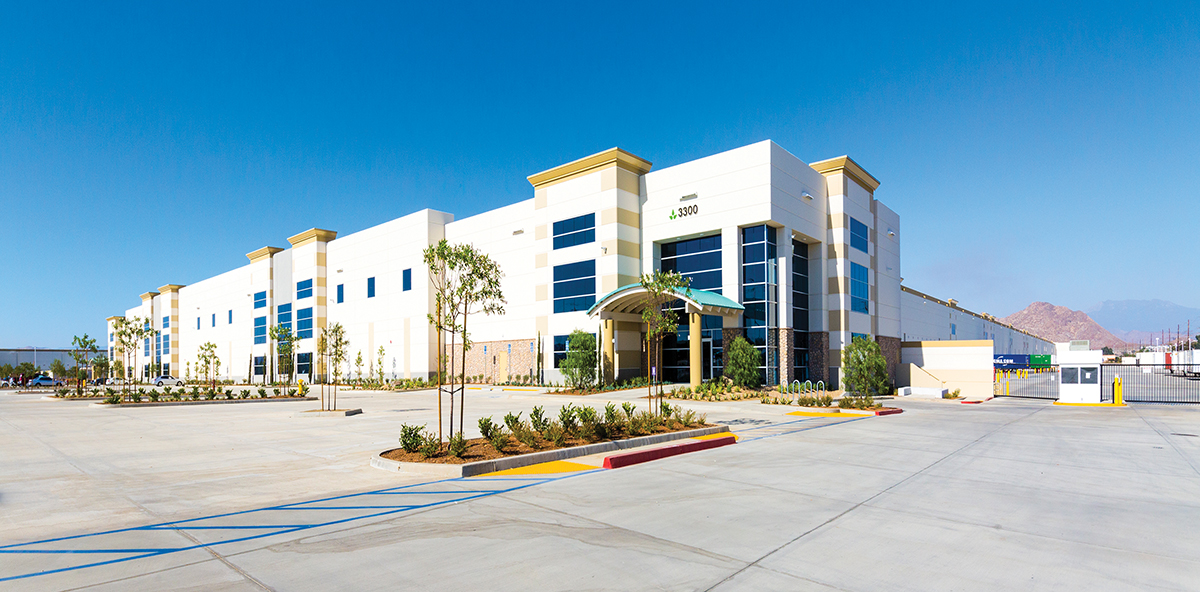
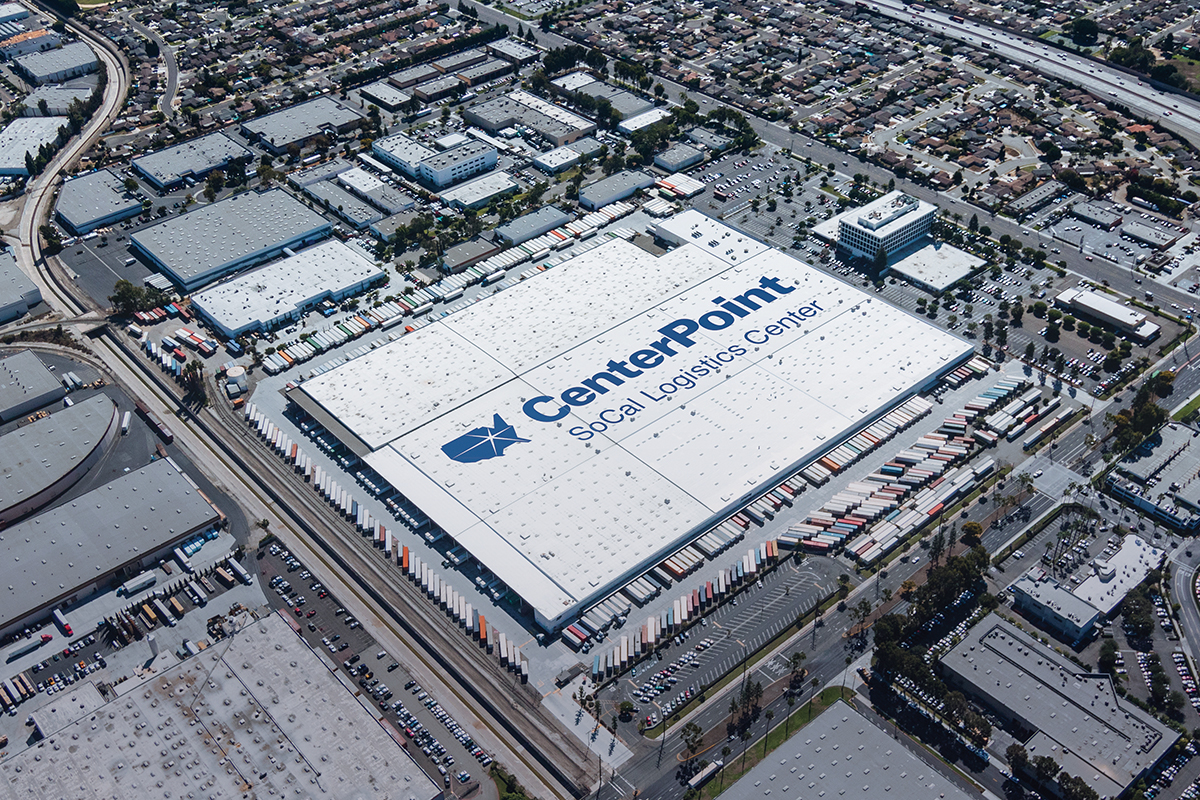








You must be logged in to post a comment.